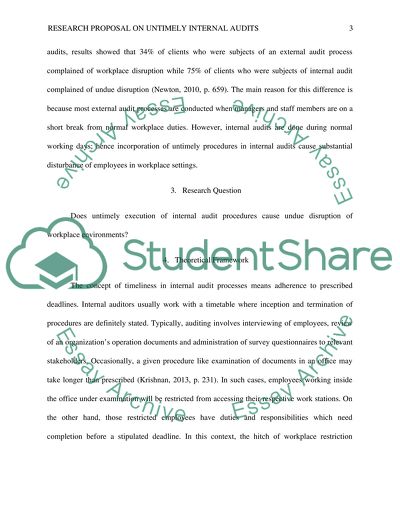Cite this document
(“Internal Audit Research Proposal Example | Topics and Well Written Essays - 1250 words”, n.d.)
Internal Audit Research Proposal Example | Topics and Well Written Essays - 1250 words. Retrieved from https://studentshare.org/finance-accounting/1659090-internal-audit
Internal Audit Research Proposal Example | Topics and Well Written Essays - 1250 words. Retrieved from https://studentshare.org/finance-accounting/1659090-internal-audit
(Internal Audit Research Proposal Example | Topics and Well Written Essays - 1250 Words)
Internal Audit Research Proposal Example | Topics and Well Written Essays - 1250 Words. https://studentshare.org/finance-accounting/1659090-internal-audit.
Internal Audit Research Proposal Example | Topics and Well Written Essays - 1250 Words. https://studentshare.org/finance-accounting/1659090-internal-audit.
“Internal Audit Research Proposal Example | Topics and Well Written Essays - 1250 Words”, n.d. https://studentshare.org/finance-accounting/1659090-internal-audit.


